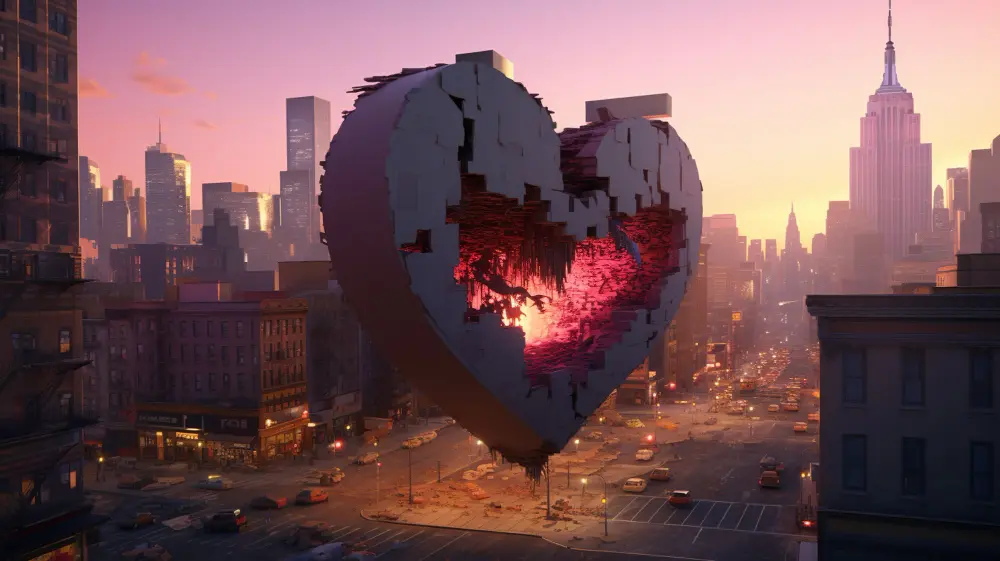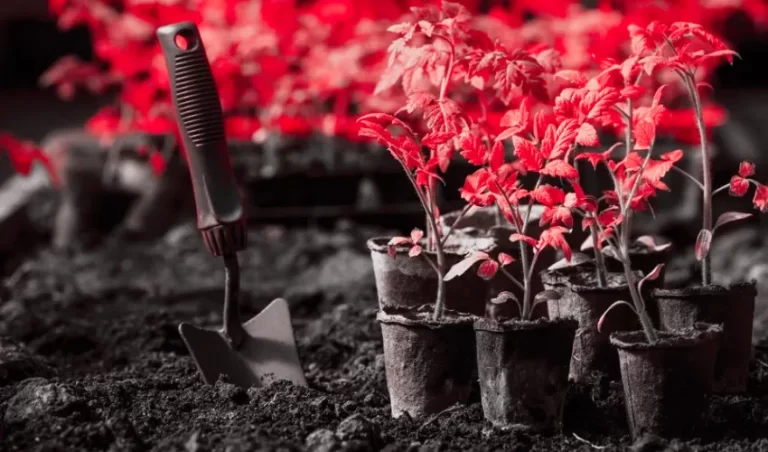21 Stages of A Narcissistic Relationship
Narcissistic relationships follow a pattern that traps people in a vicious cycle. Victims experience different stages as the narcissist alternates between exaggerated affection and cruel rejection. This guide discusses the 21 stages of narcissistic relationships victims go through.
Remembering these phases can help victims realize they are not alone. It reveals that narcissists use manipulation tactics in a game. Understanding the toxic relationship cycle is crucial to breaking free from it.
Key Takeaways:
- Narcissistic relationships follow a pattern of manipulation that traps victims in a vicious cycle.
- Understanding the stages of this pattern is crucial for breaking free from the relationship.
- Victims experience different phases, including love bombing, hooking, emotional regulation, deflation, and discard.
- The narcissist may try to regain control through hoovering, silent treatment, and intermittent returns to idealization.
- Victims should implement a strict no-contact policy to signal the end of the relationship.
- The final stages involve healing, transformation, and achieving freedom from the narcissist’s influence.
- Building a support system, practicing self-care, and focusing on personal growth are essential for recovery.
- Despite the scars, victims can use their experiences to help others and build meaningful relationships in the future.
Table of Contents
Stage 1: The Love Bombing Phase
At the start, the narcissist showers the victim with excessive affection, attention, gifts, and compliments to make them feel special. This is meant to create a deep bond quickly and make the victim believe that no one else can love them as much as the narcissist. It builds trust and emotional connection rapidly.
During this phase, the narcissist may seem too good to be true, mirroring the victim’s preferences, sharing intimate moments, and claiming a deep soul connection.
Stage 2: The Hook Phase
The intense love and attention from the narcissist can be highly addictive for the victim, drawing them deeper into the relationship. This creates an emotional bond that traps the victim.
The narcissist uses intermittent reinforcement to keep the victim hooked. The highs of the idealization stage are exhilarating, but the lows are devastating. Like gamblers chasing a win, victims often chase the high of being idealized.
Stage 3: The Emotional Regulation Phase
Once hooked, the narcissist starts to control the victim’s emotions. They manipulate the victim’s feelings, ensuring they experience the emotions the narcissist desires – whether it’s joy, excitement, anger, or fear.
The narcissist alternates between giving the victim intense, positive emotions and then quickly making them feel worthless. This emotional rollercoaster conditions the victim to base their emotions around the narcissist’s whims.
Stage 4: The Deflation
In this stage, the narcissist begins to devalue the victim, aiming to elevate themselves. They may use verbal attacks, criticism, and denial of praise to make the victim feel worthless and dehumanized. This behavior is a form of emotional abuse, where the victim is torn down and made to believe they are valueless. The victim often doesn’t realize what’s happening until the cruelty becomes overwhelming.
Stage 5: Out the Trash
Feeling bored or uninterested, the self-absorbed narcissist abruptly ends the relationship, treating the victim as disposable. This sudden breakup, often without any apologies or explanations, can be extremely traumatic for the victim, who is left confused and with no closure.
Stage 6: The Hoovering Phase
If the victim tries to move on or ignores the narcissist, they may resort to “hoovering” to regain control. This can involve fake apologies, confusing behavior, or sudden displays of love and affection. However, this phase is not about reconciliation but about the narcissist trying to maintain control and ensure the victim continues to provide attention and validation.
Stage 7: The Return to Idealization Phase
If the victim allows the narcissist back into their life, the narcissist will revert to the love-bombing idealization phase briefly. They may make promises of change and show intense affection, making the victim feel valued and important.
However, this euphoric period is short-lived, and the narcissist’s true intentions become apparent. The victim may not want to admit that the narcissist hasn’t changed, but eventually, the illusion fades, leading to disenchantment.
Stage 8: The Restarting Period of Demeaning
After hoovering, the narcissist’s devaluation is often more severe than before. If the victim tries to assert their independence or objects to the narcissist’s behavior, the narcissist responds with a vicious storm of anger and abuse. They feel threatened by the victim’s potential independence and seek to crush them with emotional, verbal, or even physical abuse.
Stage 9: Resumed Comeback Phrase
Eventually, the bored narcissist will discard the victim again, often without warning or explanation. They may spread rumors or humiliate the victim publicly as they leave. This reinforces the message that the victim is worthless and unworthy of love or respect, further damaging their self-esteem and confidence.
Stage 10: The “Silent Treatment” Phase
Narcissists use the silent treatment as a way to punish those who deny them the attention and admiration they crave. They withhold love, praise, and communication, leaving the victim feeling ignored and insignificant.
The lack of emotional manipulation during this phase can be disorienting for the victim, as they are used to the narcissist’s constant need for attention. The silence is intended to provoke a reaction from the victim, making them desperate for the narcissist’s attention once again.
Stage 11: The Wonderful Returning Phase
Suddenly, the narcissist reappears as if nothing has happened, showing no recollection of past events. They may feign remorse and seek forgiveness, only to repeat the cycle of abuse.
This behavior is designed to confuse and manipulate the victim’s emotions. By intermittently rewarding the victim with affection and apologies, the narcissist keeps them hooked on the hope of returning to the idealized phase of the relationship.
Stage 12: The Dissolution Phase
Narcissists often project their own insecurities and fears onto their victims, using them as scapegoats for their own emotional turmoil. For example, a narcissist who cheats may accuse their partner of being unfaithful.
This projection serves to bolster the narcissist’s fragile self-esteem and deflect blame for their hurtful actions. They rarely take responsibility for their behavior, instead shifting the blame onto others.
Stage 13: The Smear Campaign Phase
When faced with rejection, narcissists often respond with vindictiveness. If the victim attempts to leave or goes no contact, the narcissist may launch a smear campaign to ruin the victim’s reputation.
The narcissist spreads lies and false stories, portraying the victim as unstable, abusive, or dangerous. This tactic is aimed at isolating the victim and destroying their relationships and support networks.
Stage 14: The Stalking and Intimidation Stage
In some cases, the narcissist may become obsessed with the victim after they have moved on. They may harass the victim through constant calls, texts, emails, or by showing up uninvited.
This behavior can escalate to physical stalking, where the narcissist follows the victim, trespasses on their property, or damages their belongings. Victims should take precautions and may need to seek legal protection.
Stage 15: The No Contact Phase
The only effective solution for the victim is to cut off all contact with the narcissist. This includes blocking them on all communication channels, possibly relocating, and minimizing contact in shared spaces.
Implementing a strict no-contact policy is crucial for the victim’s safety and well-being. It signals to the narcissist that their control and influence have been severed, providing the victim with a chance to heal and move on.
Stage 16: The Moving Forward Phase
Once the narcissist has exhausted all avenues to harm the victim, the victim can shift focus entirely to themselves.
This stage involves building a support system, engaging in therapy, pursuing hobbies, journaling, practicing self-care, and embracing a new life free from the toxicity of the relationship.
Stage 17: Transformation
With no contact and a focus on recovery, there is a shift in the victim’s energy. They turn their trauma into wisdom and recognize their worth from the beginning.
This process involves reclaiming power over their life, establishing authentic connections, setting boundaries, and finding happiness, leading to significant personal growth.
Stage 18: The Random Hoover Attempt Stage
Even after a prolonged period of silence, the narcissist may try to contact the victim through hoovering, attempting to reach out without a valid reason.
These attempts aim to disrupt the victim’s progress and regain control. However, the victim recognizes these tactics and maintains no contact.
Stage 19: The Final Step, Moving On
By not responding to the narcissist’s attempts to engage, the victim denies them the satisfaction of a response. Eventually, the narcissist gives up their efforts, realizing the futility of their pursuit and losing interest.
The victim achieves emotional detachment from the narcissist, focusing on the future. Their life improves significantly without the emotional turmoil.
Stage 20: The Period of Feeling Like Giving Up
Recovery from narcissistic abuse can be tumultuous and unpredictable. There may be periods of nightmares, emotional flashbacks, anger, or longing for the idealization phase.
However, these setbacks become less intense and frequent over time as the victim learns to be resilient and uses healthy coping strategies.
Stage 21: The Freedom Phase
In the final stage, the victim experiences complete healing, a strong sense of self, and the ability to live authentically. The narcissist’s persona no longer occupies their thoughts.
They engage with peace, satisfaction, self-acceptance, and healthy relationships. They are ready to reconnect with their true selves and build lasting, meaningful relationships. While the scars remain, the victim uses their pain as motivation to help others.
Summary
The narcissistic relationship follows a harmful pattern that traps the victim in the narcissist’s manipulative cycle. Understanding the stages of this pattern is crucial for breaking free.
By building a support system, maintaining no contact, and prioritizing healing and self-care, the victim can begin envisioning their future without the narcissist. This difficult time will eventually come to an end.










